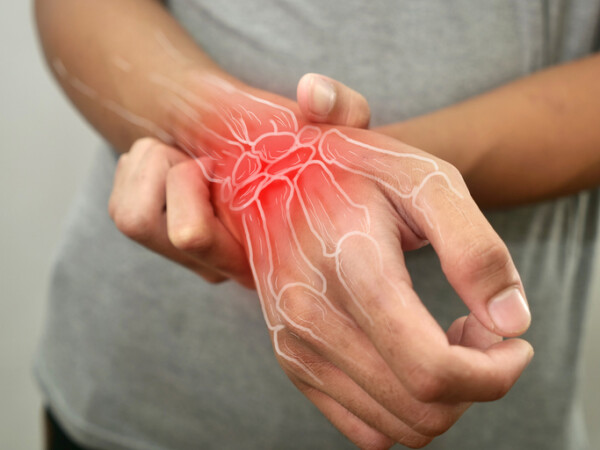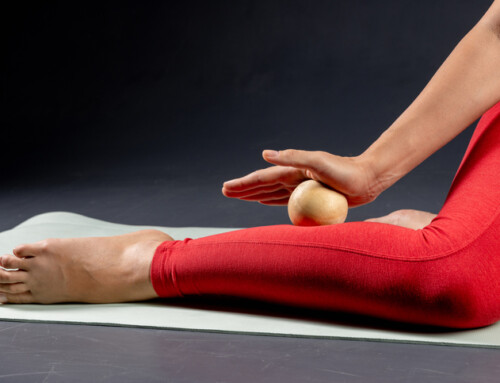By Moriah Byrd
What is Keinböck Disease?
Keinböck Disease is a condition where there is a lack of blood supply to one of the small bones in your wrist. For this particular condition the carpal bone affected is called the lunate.
Bones are living tissue so they need blood for nutrients to keep them strong and functioning just like the rest of your body. Without the blood supply, part of the bone or all of it could die which is called osteonecrosis. Without the health of the bone it makes it hard for it to do it’s job, so it could lead to a stiff wrist or some pain when you try to use it.
To be able to see the necrosis of the bone, imaging would need to be done. The more blood it has lost the denser it will become due to it hardening which is called sclerosis. Objects with more density in imaging will become whiter or opaque in appearance.
What Causes Keinböck Disease?
The cause is still unknown, more extensive research needs to be done. There are multiple factors that could lead to there being a lack of blood supply to that area. Sometimes it can be mistaken for a sprained wrist due to an event that could have caused an injury and the similarity in symptoms that may be experienced.
Symptoms of Keinböck Disease
Some common things you could experience with this condition are…
- Tenderness over the bone
- Wrist pain
- Decreased wrist motion
- Wrist swelling
- Difficulty with gripping objects
Treatments for Keinböck Disease
With treatment there can be a surgical and non-surgical approach, according to some research the surgical approach has had better outcomes so far. Some examples of procedures could be a proximal row carpectomy which is the removal of the bone to give the other carpal bones space and not rub on each other. The one they’re leaning towards now is autologous or synthetic interposition grafts, which is when you could take a piece of vascularized bone from your own body or a synthetic blood vessel could be put into the space where the lunate once was.
Physical Therapy for Keinböck Disease
Following surgery, our physical therapists would focus on the following:
- Range of motion in non-weight bearing positions at first
- Grip strength
- Strengthening of the wrist, hand and forearms (non- weight bearing then progress to weight bearing)
Physical Therapy for Keinböck Disease in Queensbury & Saratoga
Physical therapy is not just about managing symptoms, it’s about regaining range of motion and strength in your wrist, hand and forearm. By working closely with a skilled physical therapist and adhering to a personalized treatment plan, individuals can significantly improve grip strength and regain range of motion. If you or someone you know is struggling with Keinböck Disease, consider the transformative potential of Physical Therapy.
To schedule a physical therapy appointment for Keinböck Disease in Malta, Saratoga Springs, Delmar or Queensbury NY, please call (518) 289-5242.
References:
White C, benhaim P, Plotkin B. Treatments for kienböck disease: what the radiologist needs to know. Skeletal Radiol. 2016; 45:531-40
“Kienböck’s Disease – Orthoinfo – Aaos.” OrthoInfo, orthoinfo.aaos.org/en/diseases–conditions/kienbocks-disease/. Accessed 19 July 2024.
Chojnowski K, Opielka M, Piotrowicz M ,et al. Recent advances in assessment and treatment in kienböck’s disease. J Clin Med. 2022;11:664.






